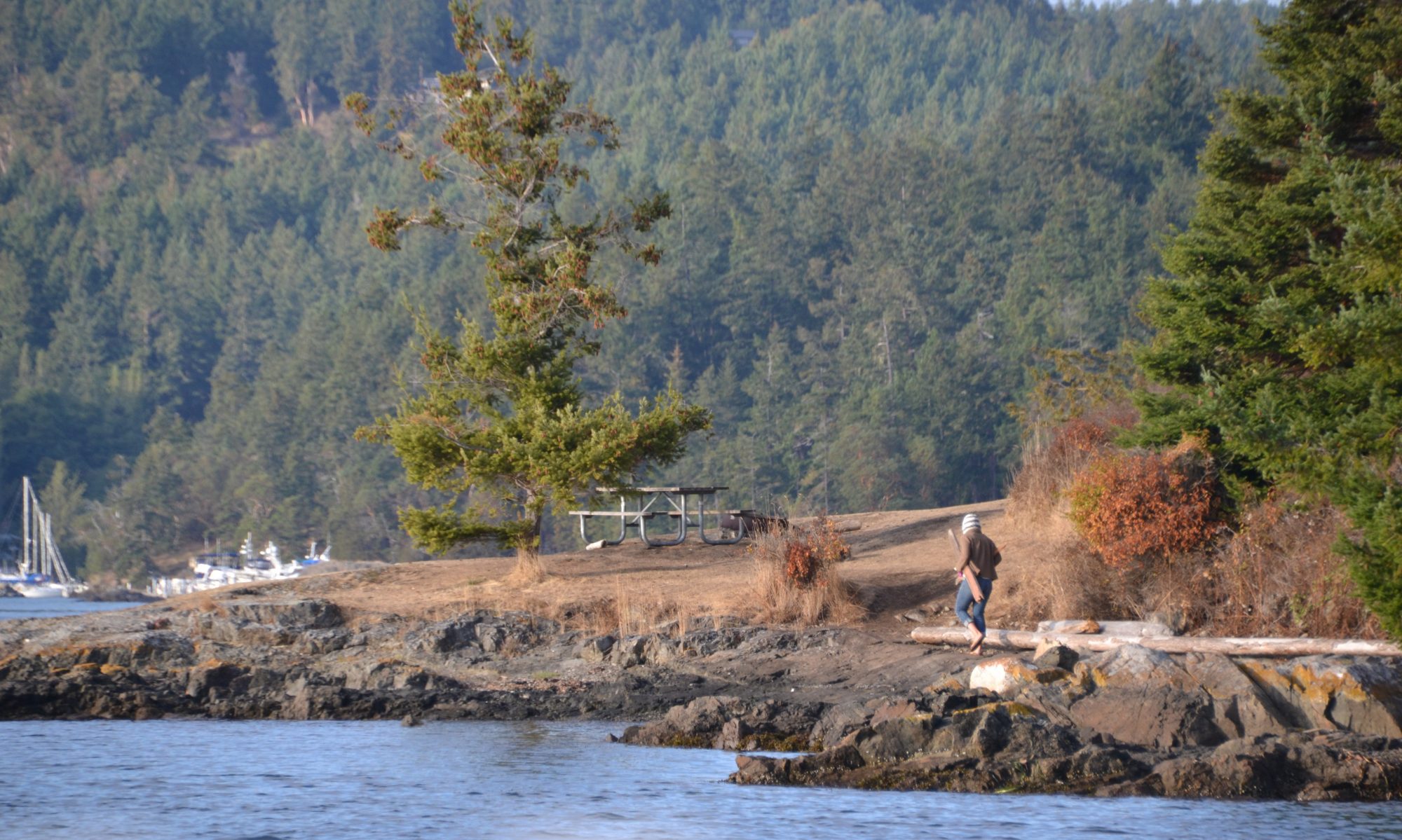3/2020 update: Now that I’ve had the saw for a few years, I’ve learned and added a couple things:
- Align the blade to the table youtube. My saw is a bit different than this one, but the principles are the same. Then align the fence to the table/blade.
- Riving knife Delta 78-965 from amazon for $35. I had to locate a couple of nuts and bolts and mess with the alignment, but it’s working now. It does seem to hold the cuts a bit better, and I hear they’re pretty important for anti-kickback issues. Although, this oddball knife mount is on a steel rod out the back of the table. It’s wonky, but it’s there.
- I added some wheels $80 amazon
- The $200 fence, $35 riving knife, and $80 wheels, + initial price of saw? I wish I had held out for a better table saw that had more of these things built in, and better dust collection – which is driving me batty.
Original post below>
I was super worried that this would even work out, but I pulled the trigger and bought a new fence for my beat up Delta 34-670 table saw. I bought $209 Delta 30 in. T-Square Fence and Rail system from Homedepot online. While the installation wasn’t a piece of cake, it wasn’t too difficult either. Ended up being a 2-hardware-store-trip project.
The instructions aren’t great – but did provide a general enough timeline of what to do when.
My saw is the type that used to have square rails on the front and back: not the round pipe rails.
The upgrade kit comes with two pieces of angle iron. There are pre-drilled holes in there, but they don’t match up. I eye-balled center-ish, used one of the pre-drilled holes, then re-drilled another hole to fit the existing hole in the cast table. I made one trip to the hardware store here to get a tap and a tap handle. Turns out neither were necessary. The bolts and nuts provided were long enough to use without re-tapping the hole in the cast table.
The default height of the pre-drilled screws was close enough to stick with.
The fence went on no problem. The business side of the fence has just about everything it needs to slide and clamp. It doesn’t depend on the far side really at all. That being said, with another little modification, I also got the plastic slider, and little metal tab to hook the back side of the angle iron. I drilled a couple holes (not tapped) in the bottom of the fence, and slide the assembly in tighter for the proper depth of my short table. Then, it was too short, as it was no longer on this tapped stand out thing. I remedied that with a broken tongue depressor.
Because I’d eye-balled the left and right location of the angle iron bits, my fence was almost 2in off. Dremmeled the snot out of that, and now it’s fine.
At the end of the project there were 30 random nuts and bolts left – as if I’d forgotten something. But I used all the major parts, and it went swimmingly. Looking back on the project, I should’ve not bothered with the tap, and just drilled holes big enough for the bolt, then screwed the nut on the back: boom.
